One might initially assume that leather would need a good deal of upkeep. This natural material, however, tends to be relatively low-maintenance. Other fabrics may require you to wash them every now and then in order to maintain their freshness. In the case of leather sofas, maintenance is rather quick and easy. Occasionally, you may need to clean the couch with a mild solution of soap and water, in addition to a leather cream treatment once every few months to restore the shine. It can also be a good idea to vacuum the crevices if the cushions aren’t detachable. This basic level of care can considerably boost the longevity of your leather furniture.
Hypoallergenic
Those who are prone to allergic reactions may rejoice at the fact that leather does not induce allergies. This is because the material itself doesn’t retain dust mites and pet hair. It is also known to repel dust, making it easier to clean. As a result, leather furniture is a common option among those who don’t do well with allergens.
Common Reservations Around Leather Furniture
Regardless of its aesthetic and practical advantages, leather does have a few drawbacks you may need to bear in mind. A leather sofa might be out of the question if you’re an animal rights activist, on a budget, or you simply prefer a cozier seat.
Ethical Issues
If you’re an animal lover, the main setback that will deter you from opting for a leather sofa is the fact that it comes from animal hide. This downside presents a major ethical issue in regards to animal rights. An identical alternative to consider is faux leather. This is an ideal option if you appreciate the aesthetics and texture of leather but have a strong view regarding the ethical aspect of where it comes from. Faux leather, however, isn’t as durable as its genuine counterpart. Synthetic leather, as it’s also called, can be prone to scratches and rips. Moreover, it doesn’t age as gracefully as the genuine material which becomes more supple with usage. On the other hand, synthetic leather doesn’t tend to crack as quickly.
High Price
Another drawback of leather is that it might leave a dent in your wallet. Leather tends to be more expensive than many other types of material. Even though its value is evident in its longevity, the cost can be somewhat of a deterrent if you’re on a budget. However, those who are looking for the superficial qualities of leather can find a less expensive alternative in — you guessed it — faux leather. Going for the synthetic variety allows you to achieve the look and feel of its genuine counterpart without having to break the bank.
Not Very Comfortable
Many homeowners tend to stay away from leather furniture simply because they’re not very fond of the feel. The material can be cold to the touch in the winter and sticky to bare skin in the summer — unless you have consistent indoor temperature throughout the year. If you prefer softer and cozier upholstery that you can snuggle up in, leather might not be an ideal option for you. Also, faux leather may not be a good alternative in this case because it has almost the same feel as genuine leather.
Choosing the Right Leather Sofa
Weighing the pros and cons of leather furniture is certainly key when investing in leather furniture. However, there are a few other factors to account for before making the purchase.
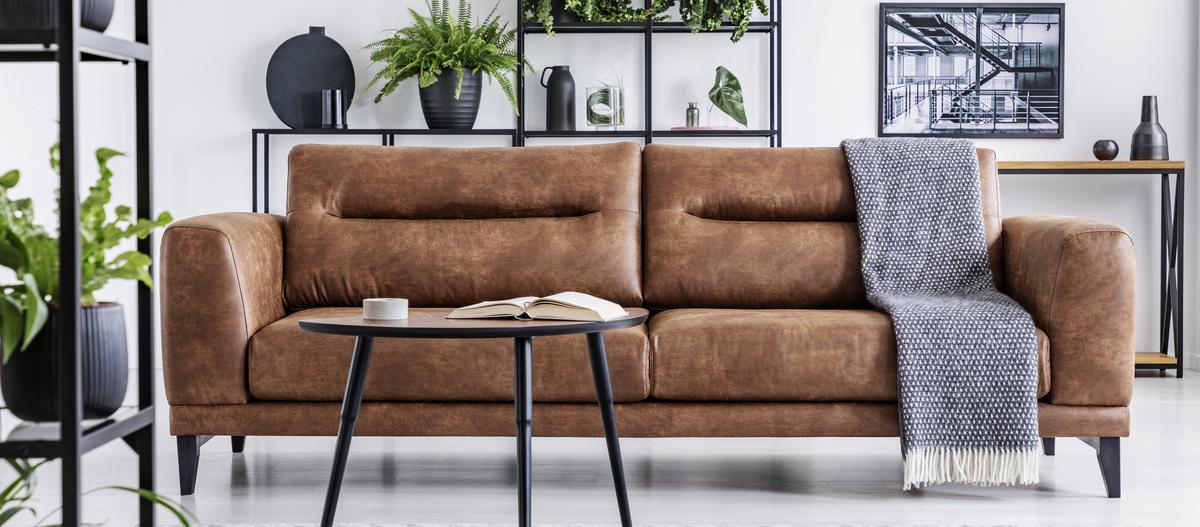
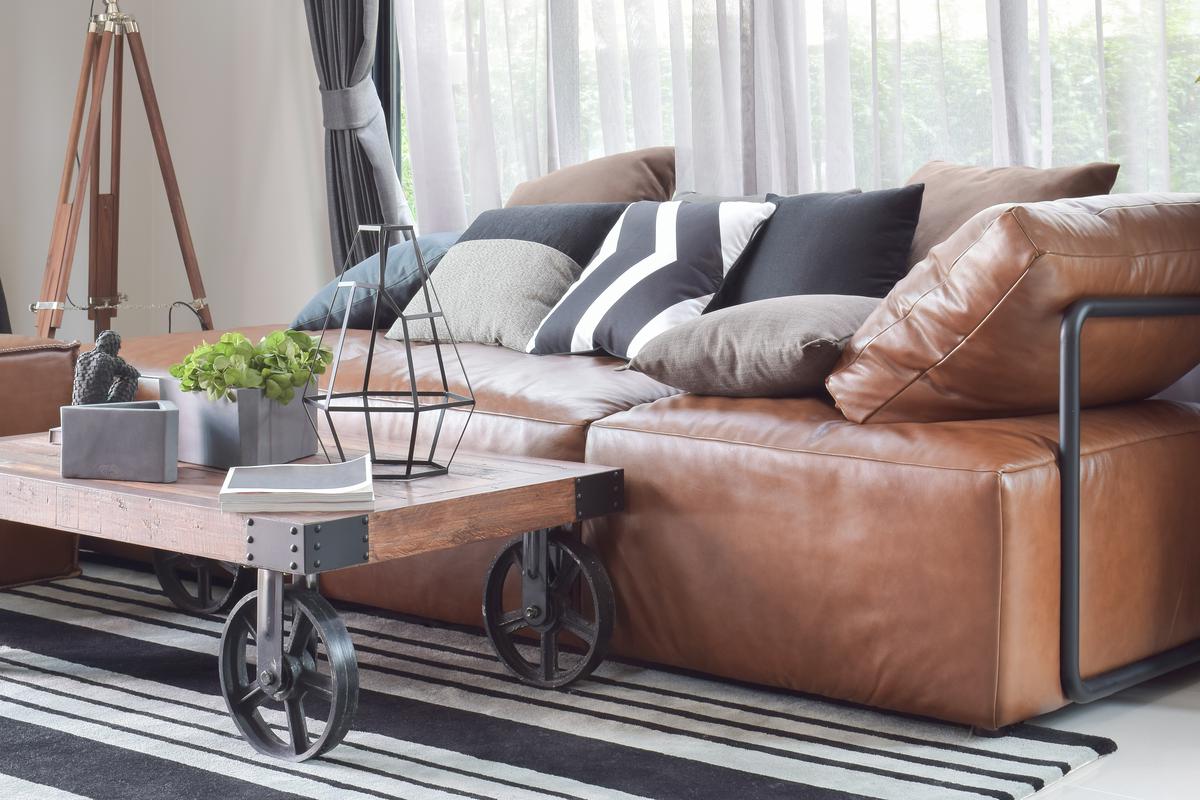
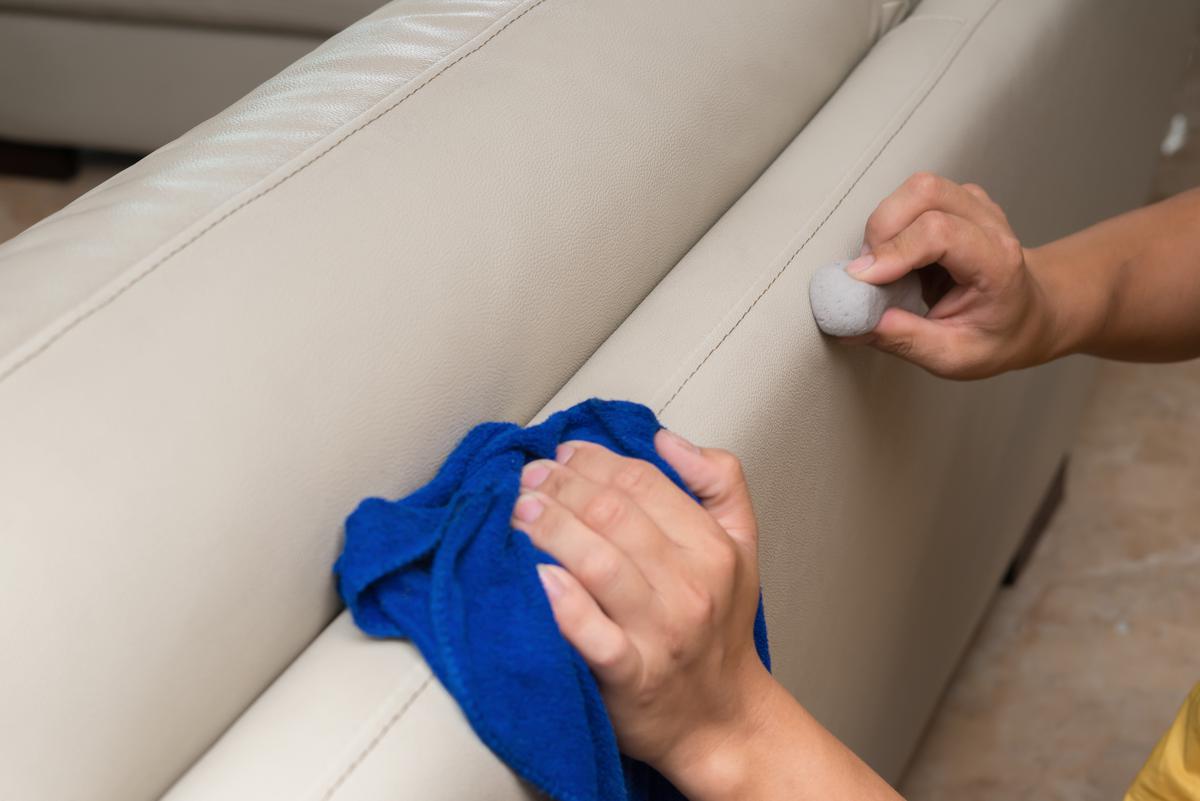
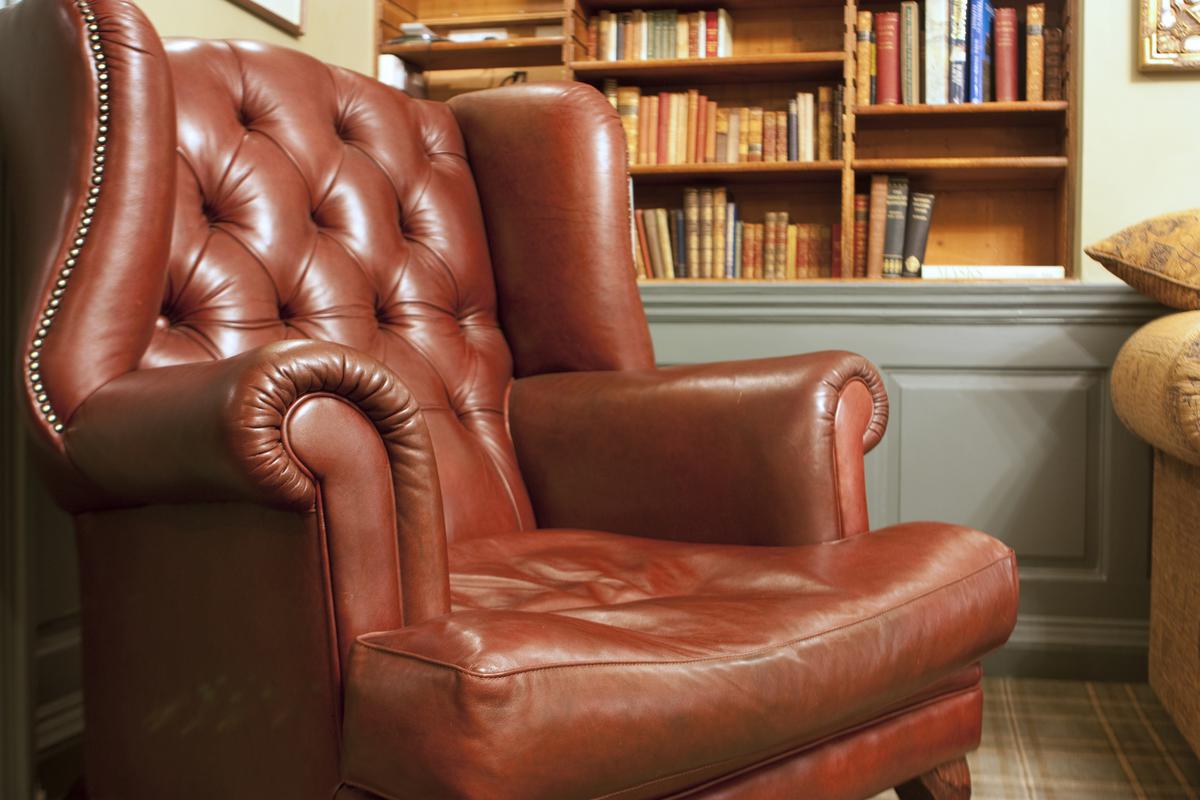



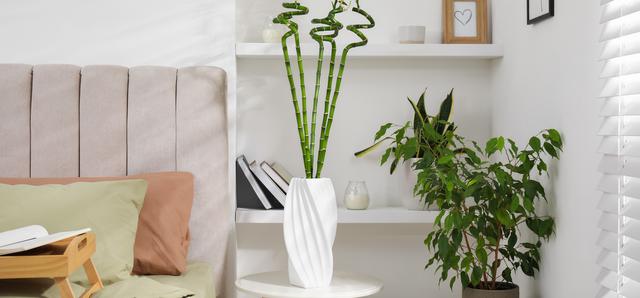

comments